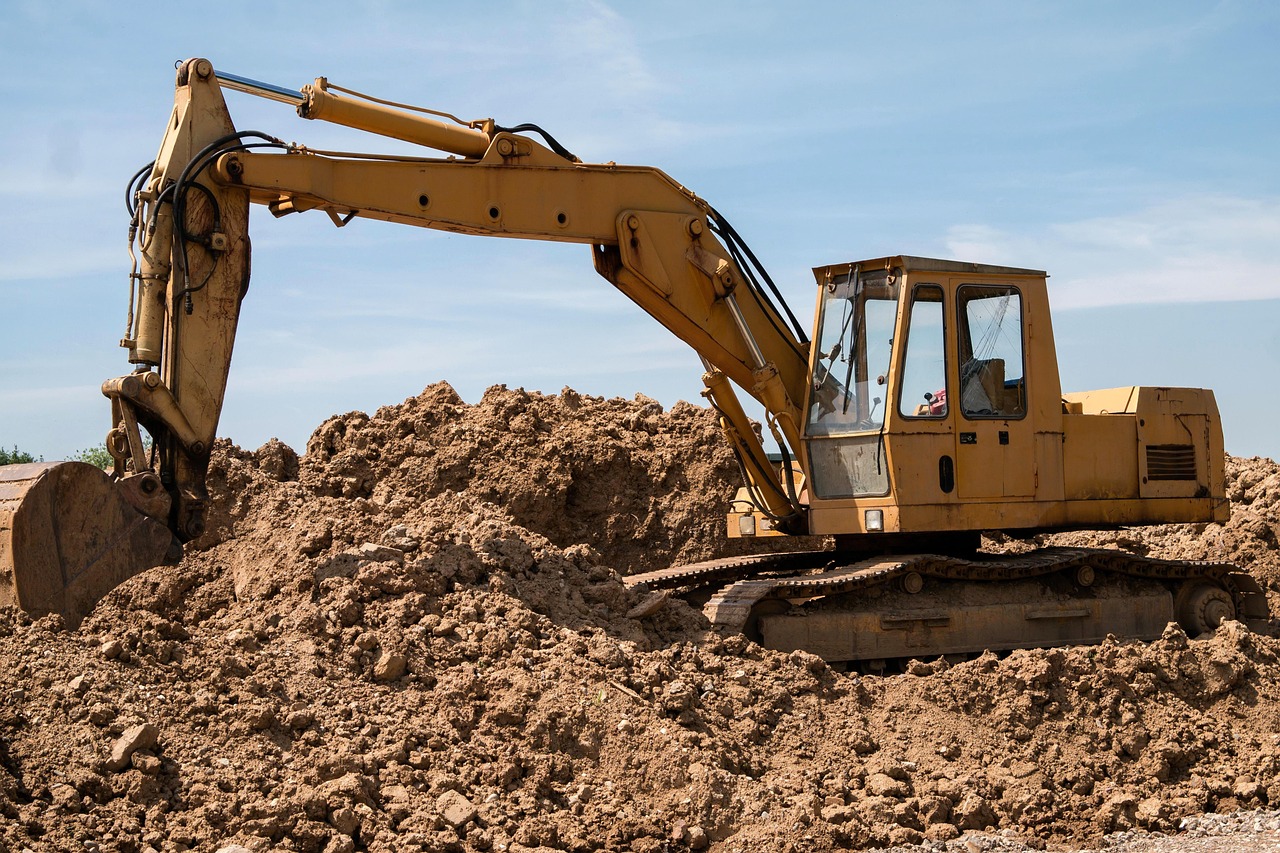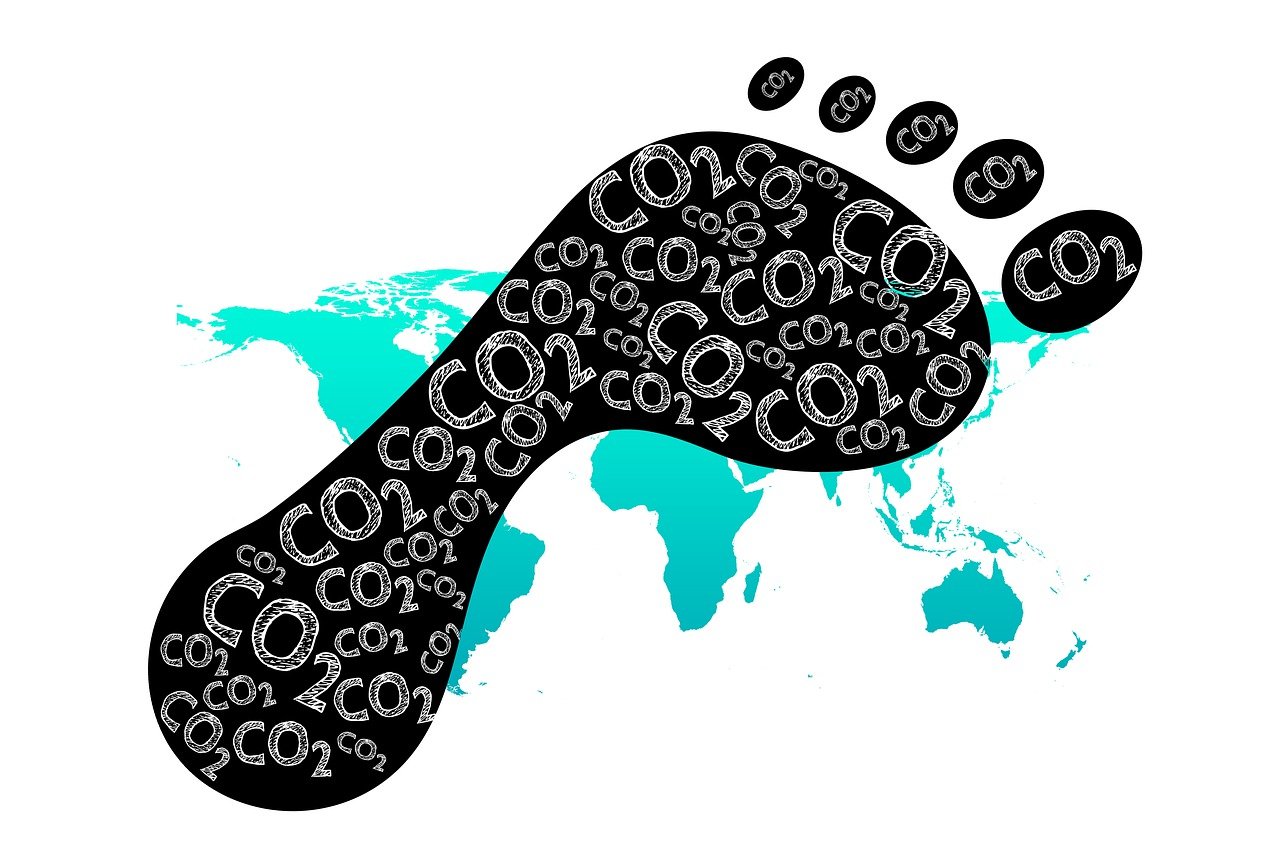5 Helpful Tips for Carrying out Sustainable Construction: Your Ethical Guide to Sustainable Construction
The construction industry remains a top contributor to pollution and climate change. It accounts for about 40% of global emissions. This is as a result of a number of factors which range from material sourcing and transportation to waste management.
Now, with rising environmental concerns, the industry is increasingly turning towards sustainable practices and reducing its carbon footprint. This not only benefits the environment but also the construction industry, as sustainable construction also promotes long-term economic and social benefits.
With that said, here are a few practical tips for carrying out sustainable construction.
1. Choose Eco-Friendly Building Materials:
Opt for materials that are renewable, recycled, or have a low environmental impact. For instance, bamboo is perfect for construction because it is durable and it grows rapidly. Moreover, recycled steel gotten from car scraps, shipping containers, oil drums, and the like is another good material.
Also, low VOC (volatile organic compounds) paints and sealants are safer substitutes to traditional paints and sealants. In addition, concrete alternatives such as hempcrete, fly ash concrete or concrete made using sawdust and wood ash are better options.
2. Reduce Construction Waste:
Always plan to minimize waste from the beginning. To do this, start by ordering materials in precise amounts to avoid excess. Another way is by recycling and reusing materials wherever possible. Additionally, work with suppliers who offer take-back programs so that excess materials can be returned. This way, you avoid excessive waste, and unused materials won't end up becoming pollutants.
3. Incorporate Passive Design:
Passive design involves taking advantage of natural elements to maintain comfortable temperatures indoors. To achieve this, position buildings to maximize sunlight in cold weather and shade in the heat. In addition, use natural ventilation to reduce reliance on artificial cooling. Finally, employ thermal mass materials like concrete, stone, etc. that absorb and release heat slowly. This way, buildings will be less reliant on artificial cooling and heating systems.
4. Prioritize Energy Efficiency:
Design buildings to consume less energy through smart architecture and efficient systems. This can be done by using insulation materials that retain heat or cool air so as to reduce the need for fans and ACs. Additionally, opting for energy-saving HVAC systems and LED lighting helps replace high energy-consuming lighting and cooling systems. Another great option is to consider solar panels and other renewable energy sources instead.
5. Design for Longevity and Adaptability:
Build structures that stand the test of time and can be adapted for future use. Using durable materials like steel and concrete, for instance, helps reduce the need for frequent repairs or replacements. In addition, try designing flexible spaces that can evolve with changing needs.
Finally, ensure to plan for disassembly and recycling at the end of a building’s life cycle so as to reduce waste and pollution.
Final Thoughts
In essence, sustainable construction is not just a trend; it’s a necessary shift towards a healthier planet and a more responsible building culture.
By integrating sustainable practices from the planning phase through to completion, builders and developers can create spaces that are both functional and future-friendly.
At Redcity, we prioritize safe and sustainable construction, which is why we abide by these tips. Not only do we build predominantly with recycled materials, but we also limit waste and build long-lasting structures. Check out many of our products and services here and request a quote here to get started.
Also, feel free to check out our blog for more enlightening news and updates. While you're at it, visit our YouTube channel here to discover some of our exciting content and follow us on Instagram @redcityestate for little insights into a few of our construction projects.
Would you be incorporating these sustainable tips in your next construction project? Let us know your thoughts below.


